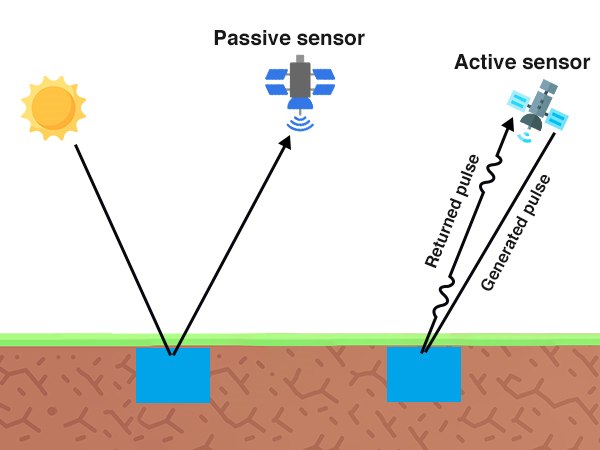
Large Scale Stats
With the advent of massive data sets, much of the computational science and engineering community has moved toward data-intensive approaches in regression and classification. However, these present significant challenges due to increasing size, complexity, and dimensionality of the problems. In particular, covariance matrices in many cases are numerically unstable, and linear algebra shows that often such matrices cannot be inverted accurately on a finite precision computer. A common ad hoc approach to stabilizing a matrix is application of a so-called nugget. However, this can change the model and introduce errors to the original solution. It is well known from numerical analysis that ill-conditioned matrices cannot be accurately inverted. We develop a multilevel computational method that scales well with the number of observations and dimensions. A multilevel basis is constructed adapted to a kd-tree partitioning of the observations. Numerically unstable covariance matrices with large condition numbers can be transformed into well-conditioned multilevel ones without compromising accuracy. Moreover, it is shown that the multilevel prediction exactly solves the best linear unbiased predictor (BLUP) and generalized least squares (GLS) model, but is numerically stable.
Multi-Level Restricted Maximum Likelihood Covariance Estimation and Kriging for Large Non-Gridded Spatial Datasets

Massive Medical Data Records
It has long been a recognized problem that many datasets contain significant levels of missing numerical data. A potentially critical predicate for application of machine learning methods to datasets involves addressing this problem. However, this is a challenging task. In this paper, we apply a recently developed multi-level stochastic optimization approach to the problem of imputation in massive medical records. The approach is based on computational applied mathematics techniques and is highly accurate. In particular, for the Best Linear Unbiased Predictor (BLUP) this multi-level formulation is exact, and is significantly faster and more numerically stable. This permits practical application of Kriging methods to data imputation problems for massive datasets. We test this approach on data from the National Inpatient Sample (NIS) data records, Healthcare Cost and Utilization Project (HCUP), Agency for Healthcare Research and Quality. Numerical results show that the multi-level method significantly outperforms current approaches and is numerically robust. It has superior accuracy as compared with methods recommended in the recent report from HCUP. Benchmark tests show up to 75% reductions in error. Furthermore, the results are also superior to recent state of the art methods such as discriminative deep learning.

CONTACT
Stochastic Machine Learning Group
- Department of Mathematics and Statistics Boston University, 665 Commonwealth Ave. Boston, MA 02215
- + (617) 353-9549
- jcandas@bu.edu
- mkon@math.bu.edu
QUICK LINKS
Privacy and Terms
© 2024 – 2025, Stochastic Machine Learning Group

